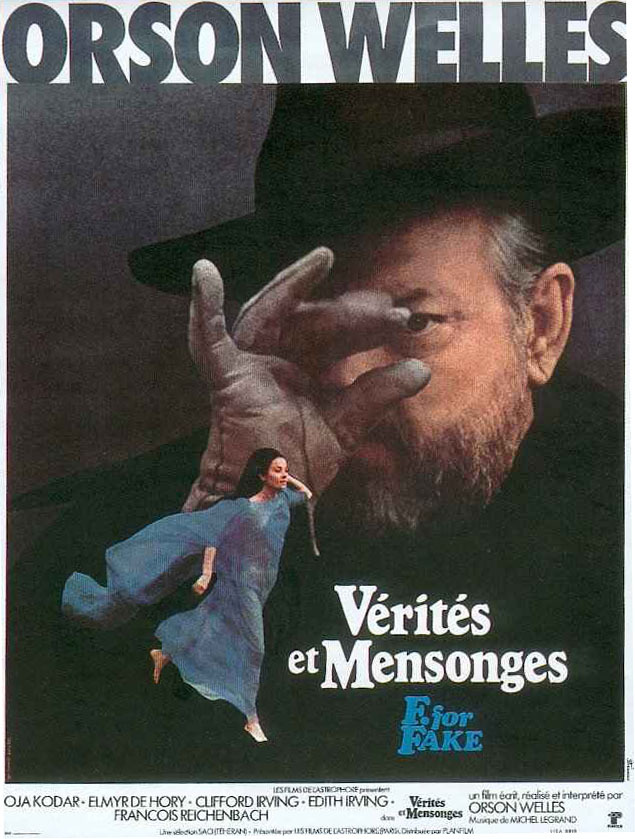When did the news become fake? In the Era of Trump, anything goes. For news watchers, that means our news is anything Trump declares it is. And we can expect for the next four years, that in the era of Trump, fake news is one of them. There used to be a time in society, when our politicians were head to the highest standard of truth and morality. That simply isn’t the case anymore and we are a time when even the most simple truths are up for debate. While many people are discouraged by this new normal, others are looking for ways to seek the truth.
Like most millennials watching the news has become a struggle. We crave authenticity and news anchors and commentators haven’t always provided the hard hitting answers that we long for. In a world filled with “fake news” who is telling the truth? The short answer is Angela Rye. Unlike most political pundits, she is unapologetic in her nature of truth. In an age of political correctness, many people fear shaming others for their clearly offensive comments, Angela Rye isn’t. Racism, sexism, misogyny and misogynoir, whatever it may be Angela Rye is ready to make sure our news is not only factually correct but for what it is.
One thing Angela Rye is clear on is that Trump is fake news. In the video posted above, Rye discusses how she finds Donald Trump’s words to have no authority. This is an issue. How can we live in a society, where we can’t trust the words of the leader of the free world. However, Trump shouldn’t be surprised. It seems like a case of boy who cried wolf….

